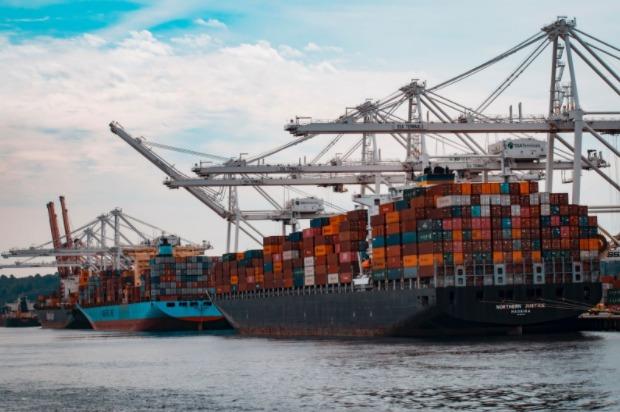The cost to ship crops globally has risen quite a bit since the COVID-19 pandemic first began, and it doesn’t appear as if the price will decrease anytime soon, adding to the major concerns many economists have about food inflation worldwide (which is already at record highs). These surge in crop prices has mainly hit consumers who live in import-dependent markets, though the prices are affecting every country and import market in the world.
For the most part, shipping grains and oilseeds has increased in the last year. For example, the cost to ship grains from Australia to Southeast Asia has steadily increased to $30 a tonne. It was only at $15 a tonne last year. Shipping from the United States to Asia has increased to $55, when it was initially only $25 last year.
These freight costs have just about doubled in price, when compared to last year. This is for many reasons. Rising fuel costs are a major issue that has greatly affected the overall shipping industry. Plus, previous regulations and laws put in place because of the COVID-19 pandemic (some of which are still active in many countries) has resulted in longer port turnaround times, which has forced the cost to surge. Tighter vessel supply has also contributed to these price spikes.
For the most part, the bulk carrier supply chain that has increased the most is from the production hubs in the Black Sea and in the Americas. However, globally, this remains an issue. This issue of freight cost increases is a huge challenge for so many countries globally, as grain has continued to rise in price. It doesn’t appear that this price will lower anytime soon, even though the United States and some other countries have lessened their COVID-19 regulations.
For many years, grain prices were low. Freight prices were nowhere near as high as they are today. As the world works through the COVID-19 pandemic, it appears that higher grain prices and freight costs will continue to be a problem for all countries, according to economists.
Globally, supply chain issues have also greatly (negatively) affected consumer prices. COVID-19 quarantine requirements and other regulations have also resulted in slower cargo movement, which affects the entire supply chain.
Grain isn’t the only food item that has risen since the pandemic began last year. Food prices around the world have also risen, especially this last May. According to the latest stats, food prices have even risen at the fastest pace in over a decade in just May alone. As freight and shipping costs continue to skyrocket alongside food prices, country officials in the United States and elsewhere are trying to keep the inflation levels as low as possible.
All of this is also happening as many economies are attempting to finally reopen after remaining locked down, or in some way regulated, since the COVID-19 pandemic began last year. Key crops, mainly corn and soybeans, will more than likely remain high for the foreseeable future, possibly even into next year and beyond.
